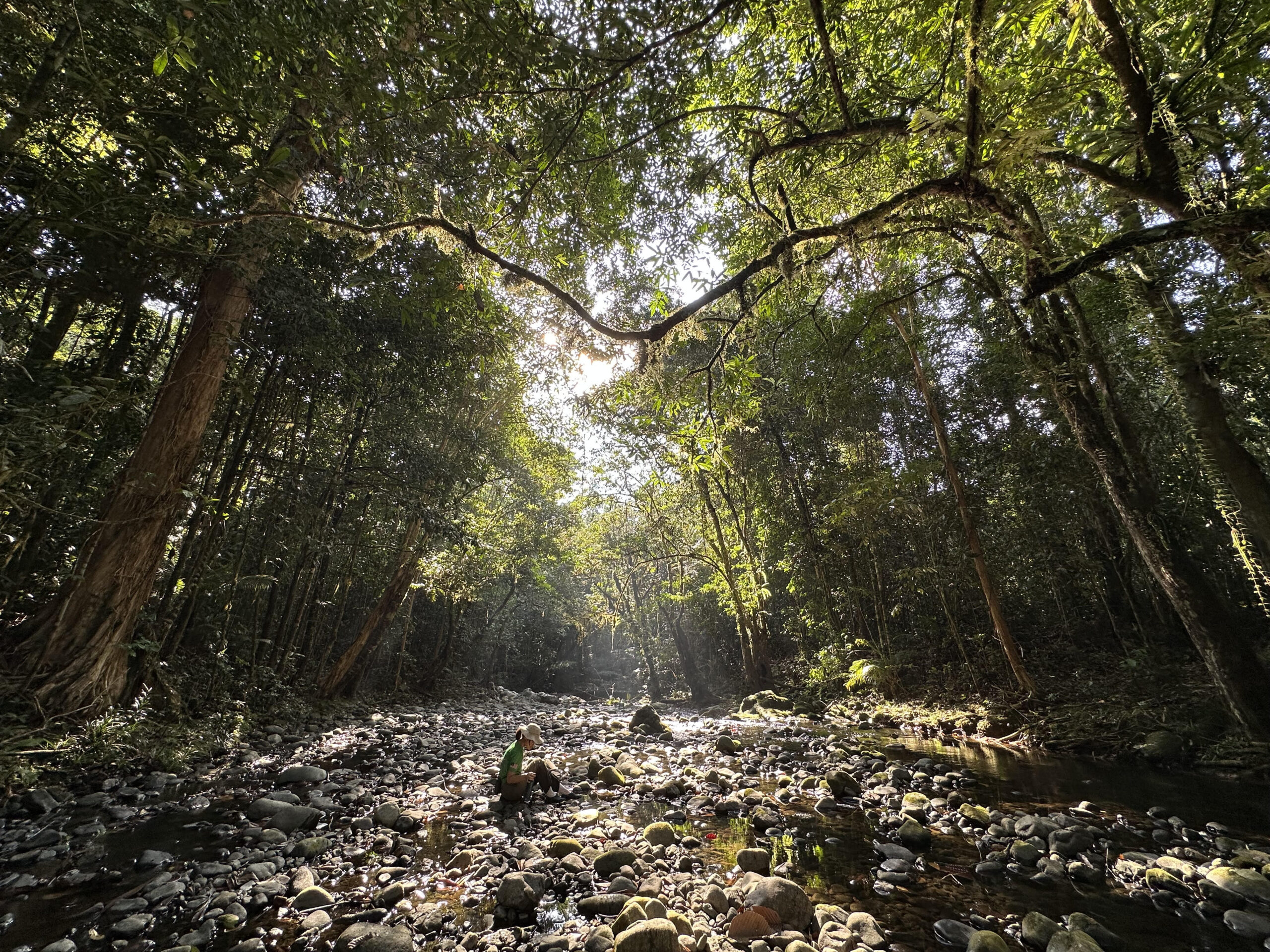“What is ‘forest bathing’? Is it a literal dip in a forest waterfall or river, or something more profound?” I’ve gotten a lot of questions about it since I started guiding people on forest bathing adventures. So, I decided to write this article to dive in and explain this fascinating practice.
What is Forest Bathing?
“Remember the last time you truly slowed down? When you noticed the gentle breeze on your skin, the birdsong filling the air, the aroma of freshly brewed tea, the taste of a juicy fruit, or the soft touch of your favorite sweater? That’s the essence of forest bathing – a mindful immersion in nature that helps us find peace and tranquility in our hectic, tech-driven lives.
Forest bathing, or shinrin-yoku in Japanese, is a practice rooted in Japanese tradition. It’s more than just a leisurely stroll in the woods. It’s about connecting with nature on a deep, sensory level. Unlike hiking or other outdoor activities, the goal isn’t to reach a destination but to be present in the moment.
Imagine yourself surrounded by towering trees, the scent of pine needles filling the air, and the soft rustling of leaves. As you walk, take deep breaths and notice the details around you. Listen to the birdsong, feel the texture of the bark, and savor the quiet. It’s a chance to escape the noise and stress of everyday life and simply be.
The Science Behind Forest Bathing
Ever wondered why spending time in nature feels so rejuvenating? It’s not just a feeling; there’s actual science behind it. Forest bathing, or shinrin-yoku, has been shown to have a profound impact on our physical and mental health.
- Stress Reduction: Studies have found that immersing yourself in a forest environment can significantly lower cortisol levels, the stress hormone.
- Mood Enhancement: Forest bathing has been shown to improve mood, reduce anxiety, and even alleviate depression symptoms. In fact, some countries like Canada and the United Kingdom are prescribing time in nature as a therapeutic intervention to address mental health challenges.
- Immune Boost: Exposure to phytoncides, chemicals emitted by trees, can strengthen your immune system.
- Heart Health: Spending time in nature has been associated with lower blood pressure, promoting cardiovascular health.
- Creativity Spark: Disconnecting from technology and connecting with nature can stimulate creativity and problem-solving abilities.
- Better Sleep: Forest bathing can help regulate sleep patterns and promote more restful sleep.
How to Practice Forest Bathing
To experience the benefits of forest bathing, follow these simple steps:
- Choose a Suitable Green Space: Find a tranquil green space, such as a park or forest, where you can minimize distractions.
- Engage Your Senses: Use all your senses (visual, hearing, smell, touch and taste) to connect with nature around you. Observe the trees, listen to the birds, inhale the fresh air, feel the textures of leaves and bark, and savor the natural scents.
- Mindful Presence: Focus on the present moment and avoid distractions. Let go of thoughts and worries, and simply be in the moment.
- Slow Down: Take your time and explore the forest at a leisurely pace. Allow yourself to be captivated by the beauty around you.
At first, forest bathing can be challenging as many of us find ourselves easily distracted by our own thoughts and emotions. However, with the guidance of a forest bathing facilitator or nature coach, you can overcome these challenges. Joining a community can also make the practice more enjoyable, while regular practice will yield optimal benefits. A brief visits to a local park nearby your house or workplace can create a lasting positive impact too.
Forest bathing offers a simple yet powerful way to improve your overall well-being. By immersing yourself in nature, you can reduce stress, boost your mood, and enhance your physical and mental health. So, take a break from the hustle and bustle and reconnect with nature. Practice it consistently to build resiliency.

Leave a Reply